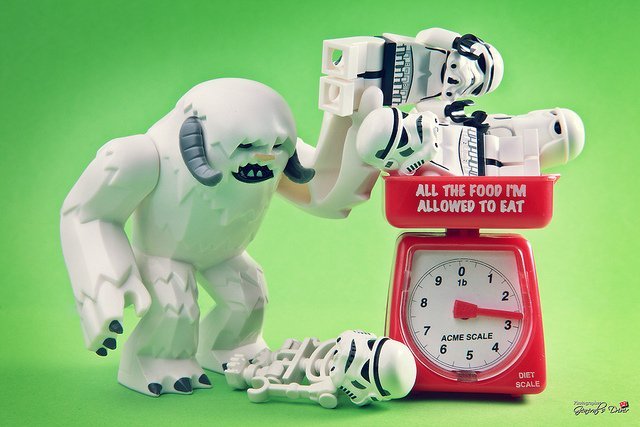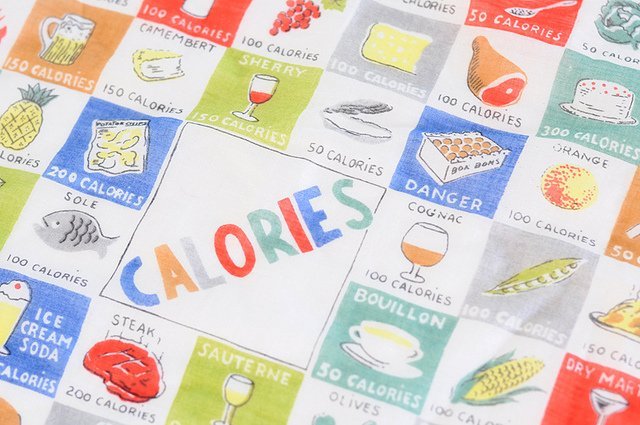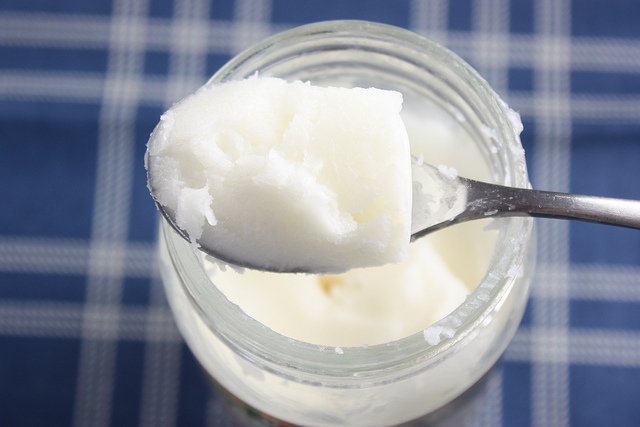Copy of Why we choose nutrient density over calorie counts
For many of us, the word “calorie” is as much a part of our vocabulary as “sleep” or “stress” - and to most of us, it’s a word that feels far removed from “food.”
We’ve been taught that a food product’s value can be determined by crunching the numbers on its fat content, grams of sugar, and calorie count. But that’s just not the whole story.
Before we get into the whole story, though, let’s consider the one that we’ve been told.
The problem with calories in, calories out
Conventional wisdom tells us that to maintain our body weight, all we need to do is consume the same amount of calories that we burn. That means that to lose weight, we need to eat less calories than we burn throughout the day - eat less, move more. It’s dead simple.
Except that it’s not.

Ever heard of macros? We thought so. There are three kinds of macronutrients, and each of them contains a certain amount of calories per gram:
Protein = 4 calories/g
Carbohydrate = 4 calories/g
Fat = 9 calories/g
As an Amazon associate, we earn from qualifying purchases.
You can probably see how low-fat diets make their cases now: fat contains twice the calories as protein and carbs. If you want to lose weight, you’d want to cut your calories from fat. And if our bodies used a calorie of fat and a calorie of carbohydrate in the same way, that would probably work. But our bodies don’t do that, and low-fat, low-calorie diets are notoriously hard to stick to.
Different macronutrients are used in different ways
Our bodies are designed to process the three macronutrients differently. Protein takes a lot of work to digest, and it gives the body sustained energy; carbohydrates give a near-instant hit of energy and, in excess, convert to glycogen and stored body fat; and fat is perhaps the most energy-efficient and satiating macronutrient of the three.
Our bodies know the difference, too.

Think about it. It’s no easy feat to put away 1,000 calories’ worth of protein-heavy chicken breast. (Ask any bodybuilder or athlete trying to lean out before a competition.) But 1,000 calories in high-carb, high-fat brownies? Done! Sign us up. We can win that game at least twice over.
Let’s back up, though.
If you’ve ever used a calorie counting tool or app, you know that you’re typically assigned a baseline calorie count for weight maintenance, weight loss, or weight gain. That amount is determined, with most trackers, by your BMI (your weight compared against your height, taking age and sex into consideration). But your BMI doesn’t tell you much about your muscle mass or body fat, and the number a calorie counter spits out doesn’t tell you much about why less of your 1,800 calories should be coming from carbohydrates.
Sigh.
The macronutrient ratio carries much more weight, so to speak, than the calorie count.
(If you insist on using a calorie counting app or tool, we recommend setting your macros with something that takes into account your goals and body type - like this IIFYM calculator.)
Calorie counts say nothing about micronutrient content - that is, how nutritious a food really is
Another thing calorie counts don’t take into consideration: micronutrients. Micronutrients themselves don’t contain calories; they’re what we know as “vitamins and minerals,” or all the small print on nutrition labels. Micronutrients are incredibly important to our health - but they’re harder to track than calories or even macros.

Many processed foods that are advertised as low-calorie or low-fat are also low in micronutrients. As a general rule, the more processed a food is, the less of its initial micronutrients will be preserved. (And adding those vitamins and minerals back in after processing still doesn’t do much for you - hello, vitamin D milk!)
High in micronutrients: properly raised meat and poultry (look for pastured, grass-fed, and hormone-free), wild-caught fish, fresh fruits and veggies, and high-quality fats (butter from grass-fed cows, coconut oil, good olive oil, etc.). The more micronutrient-rich a food is, the more satisfied your body will feel - and the less calories you’ll need to get your essential micronutrients.
A healthy diet cannot be reduced to “calories in, calories out.” And while calorie deprivation (ahem, low-grade starvation) often results in significant weight loss in the short term, it does nothing for your metabolism or health - and often brings those lost pounds right back home with some unwelcome friends.
Why we opt for nutrient-dense ingredients over low-calorie snacks
We won’t say that calories flat-out don’t matter. They do. We need energy to live, and we need it in the right amounts - not too much or too little - from the right sources.
But there are things that matter a lot more than calories. Your thyroid health, for example. Your body’s ability to efficiently use nutrients. Your subconscious reasons for, say, consuming more food than your body wants or needs. Your food’s quality.

On our part, we’d rather bake with high-quality, calorie-dense ingredients than low-calorie, low-quality frankenfoods. Here’s what we choose:
Almond meal and coconut flour instead of white flour. Almond meal and coconut flour are made of almonds and coconut meat, respectively. The nuts are dried or roasted and ground up into flour. That means they contain lots of fiber, protein, and healthy fats to keep you fuller for longer.
Coconut oil and organic butter instead of vegetable oils, shortening, or margarine. Don’t shy away from these fats because of their high calorie counts: we guarantee you’ll be satisfied without that dull, sleepy feeling after the fact. (Plus, these fats are heat-stable, unlike vegetable and seed oils, which are damaged before they’re even bottled.)
Natural sweeteners: coconut sugar, raw local honey, dates, and maple syrup instead of refined sugar or artificial sweeteners. Listen - if we’re going to have something sweet, we certainly want it to do something good for our bodies, too. Natural, unrefined sweeteners are easier for your body to use effectively - and your sweet tooth will be satisfied.
High quality ingredients that keep us fuller and more satisfied for longer? Sounds like a pretty sweet deal to us.
View our superfood snacks and ingredients, or read more about why calories aren’t the whole story:
At this point, even the government recognizes empty calories for what they are.
http://www.choosemyplate.gov/weight-management-calories/calories/empty-calories.html
Jonathan Bailor’s best-selling book - The Calorie Myth: How to Eat More, Exercise Less, Lose Weight, and Live Better - makes the argument that we should be focusing more on quality than quantity in our diets and exercise regimens.
We are a participant in the Amazon Services LLC Associates Program, an affiliate advertising program designed to provide a means for us to earn advertising fees by linking to Amazon.com and affiliated websites.


